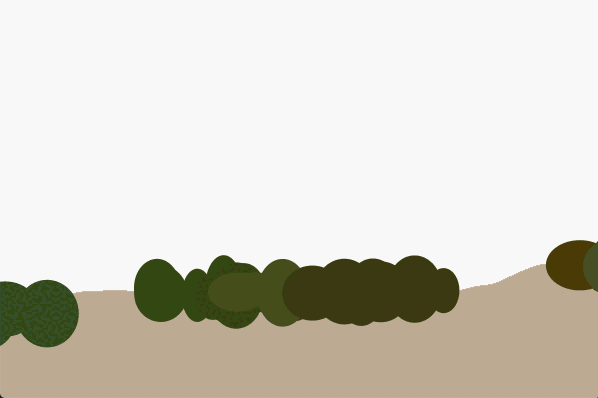We are a migrant species, instilled with a wanderlust that continually clamors for new horizons. Before the modern era of mobility, landscape paintings were often the primary means by which people could visualize faraway lands and mentally escape to them.
Today, eight-year-olds trade “seeds” for favored Minecraft worlds, and procedurally generated environments have become commonplace in video games, where the algorithmic production of novel landscapes is an economic necessity for inexhaustible play. For the meta-designer and artist-programmer, there is assuredly something godlike about calling forth world upon world. It is probably not a coincidence that the first all-CGI sequence in a feature film depicted the synthesis of an entire planet, in the triumphant “Genesis Sequence” of Star Trek II (1982).
Generative design systems, whether used to create faces, landscapes, creatures, or chairs, define seemingly infinite possibility spaces. Pay heed, however, to what Kate Compton calls the “10,000 Bowls of Oatmeal Problem”: “I can easily generate 10,000 bowls of plain oatmeal, with each oat being in a different position and different orientation, and mathematically speaking they will all be completely unique. But the user will likely just see a lot of oatmeal.”
As Compton indicates, the challenge and opportunity of meta-design is in architecting systems whose results offer perceptual uniqueness, and are thus meaningfully distinct.
Lingdong Huang, Hermit (2015). Final project for 15-112 by first-year CMU BFA (later BCSA) student.

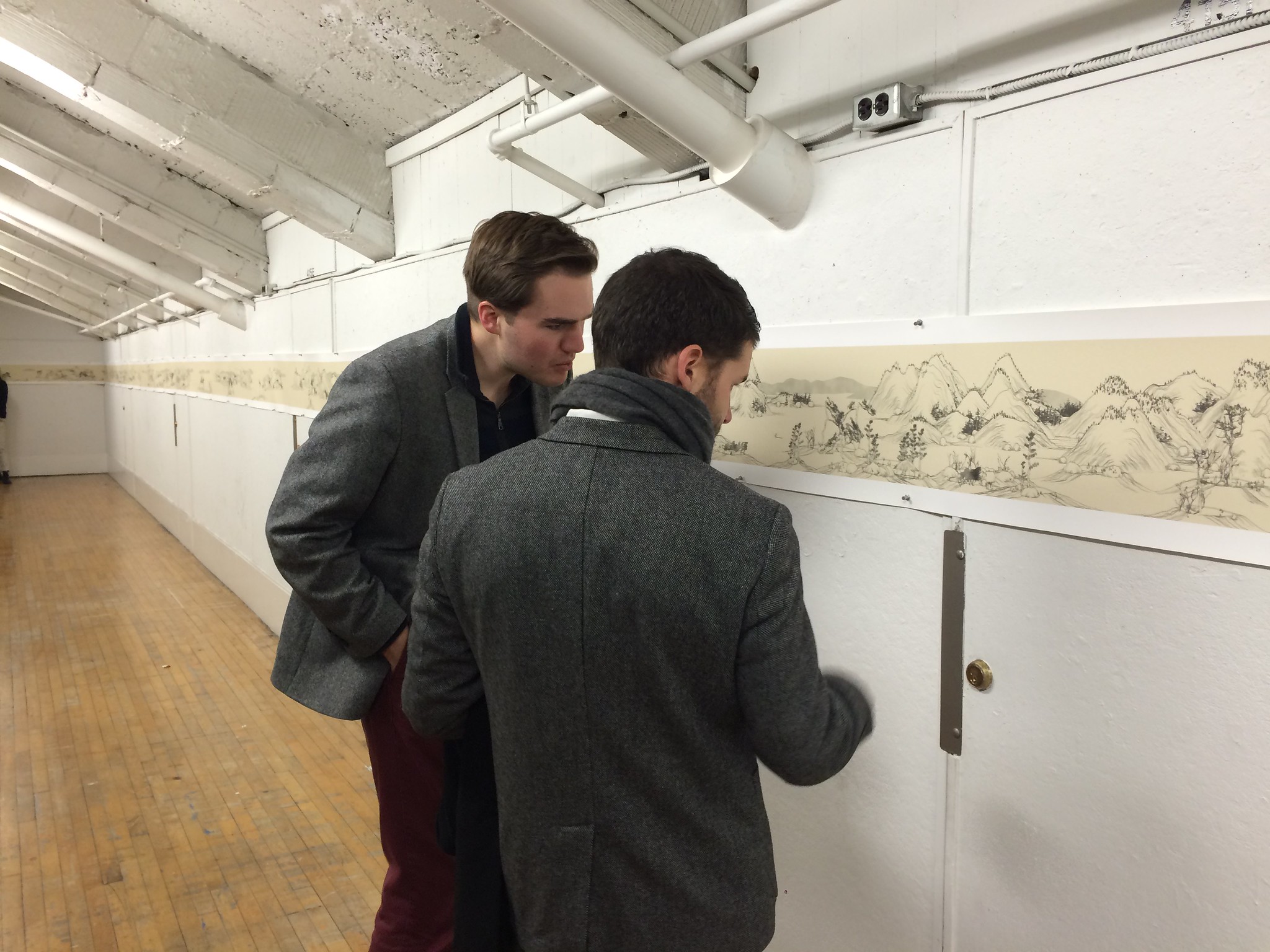
Lingdong Huang, Shan, Shui (2018). Infinite procedurally generated Chinese landscape painting.
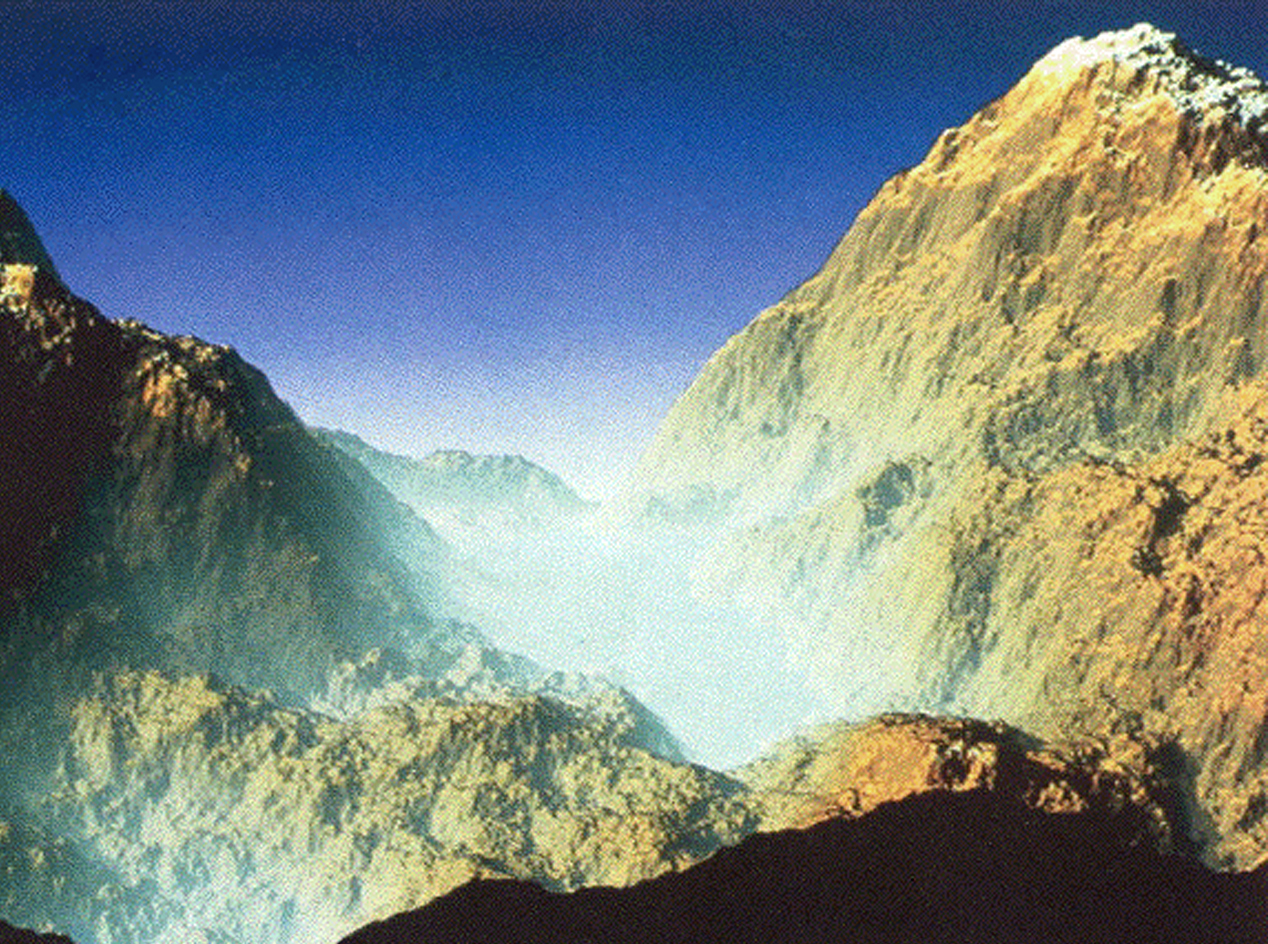
Mandelbrot, Benoît and Richard F. Voss. The Fractal Geometry of Nature ( 1981).

In 1982, ILM and the Lucasfilm Computer Division–which had been set up in 1979–co-created what was called the “Genesis Effect” for “Star Trek II: The Wrath of Khan.” According to ILM, this was the first-ever entirely CGI sequence in a feature film. Just four years later, Lucas sold the part of the computer division that worked on developing rendering software. That group later became a company that you might have heard of: Pixar Animation Studios.
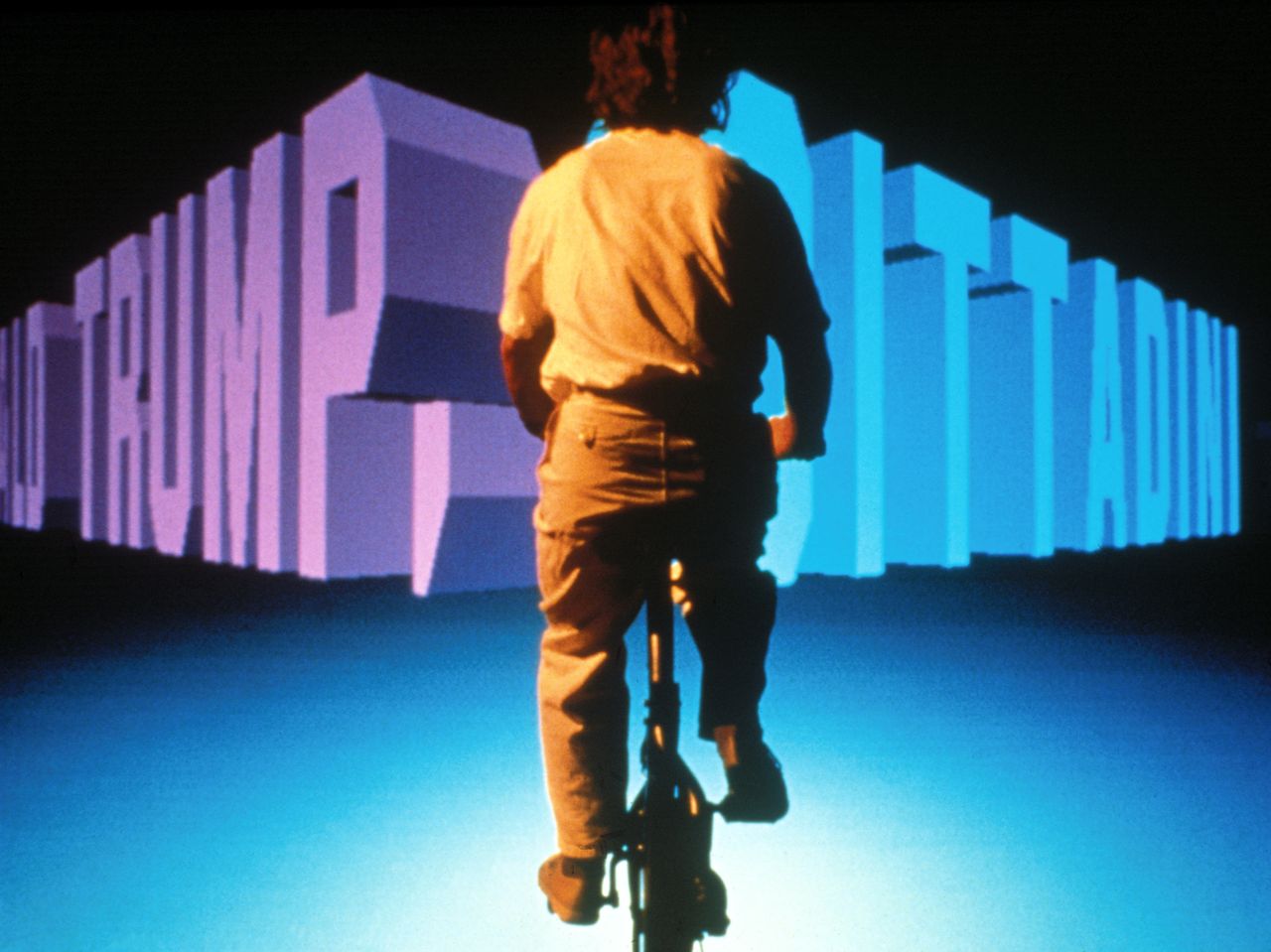
Shaw, Jeffrey. Legible City (1989).
Davies, Char. Osmose. 1995. Interactive VR. http://www.immersence.com/osmose/.
Tarbell, Jared. Substrate. 2003. Virtual landscape generator.
http://www.complexification.net/gallery/machines/substrate / Port by @dribnet (2021)

Pipkin, Everest. Mirror Lake. 2015. Virtual landscape generator. https://everestpipkin.itch.io/mirrorlake.
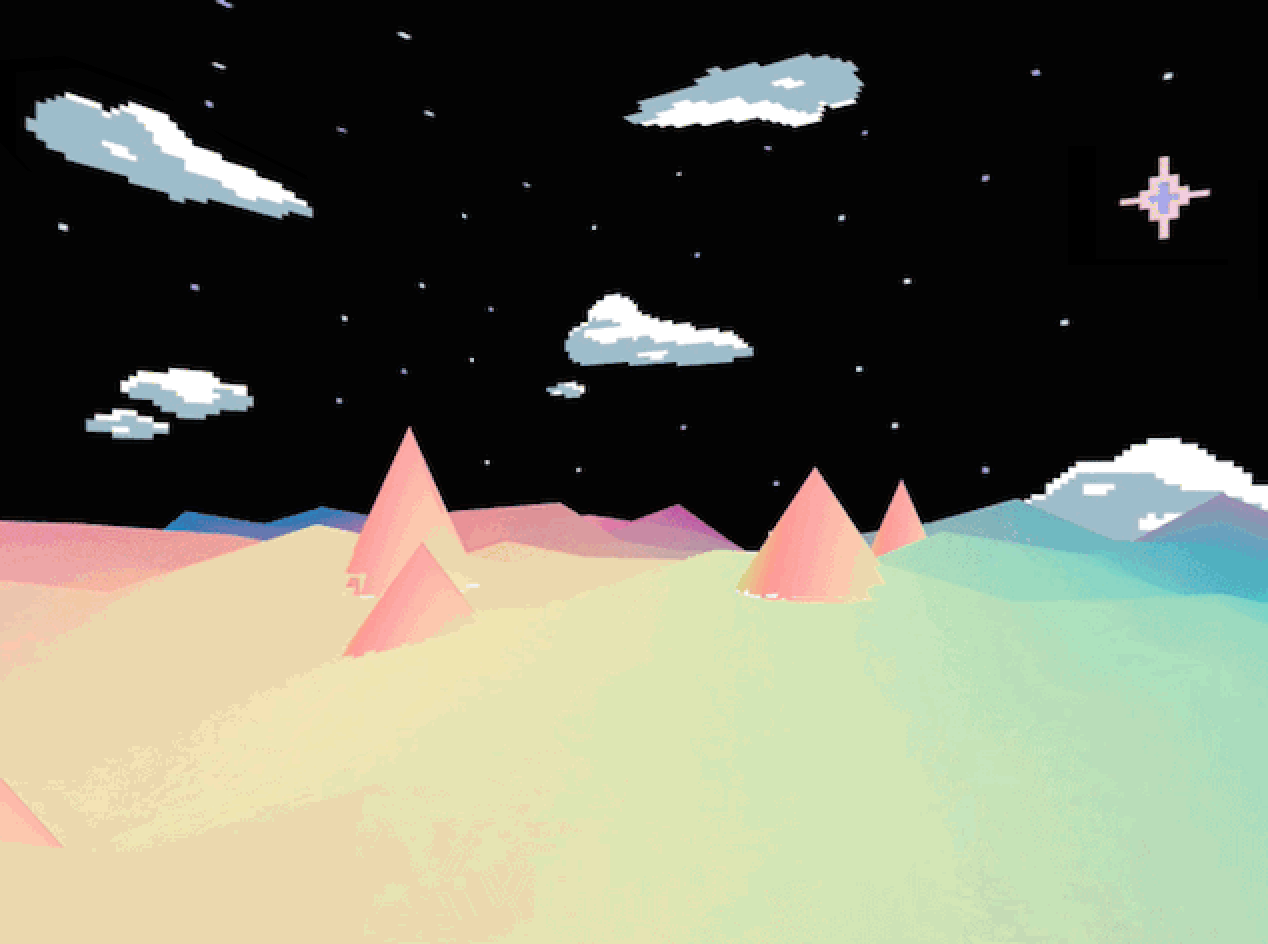
Kristyn Janae Solie, Lonely Planets. 2013. Stylized 3D terrain. http://www.kyttenjanae.com/pages/LonelyPlanets.html.

Daniel Brown. Dantilon: The Brutal Deluxe, from the series Travelling by Numbers. Generative Architecture. 2016. Collection of digital renderings. http://flic.kr/s/aHskyNR2Tz.
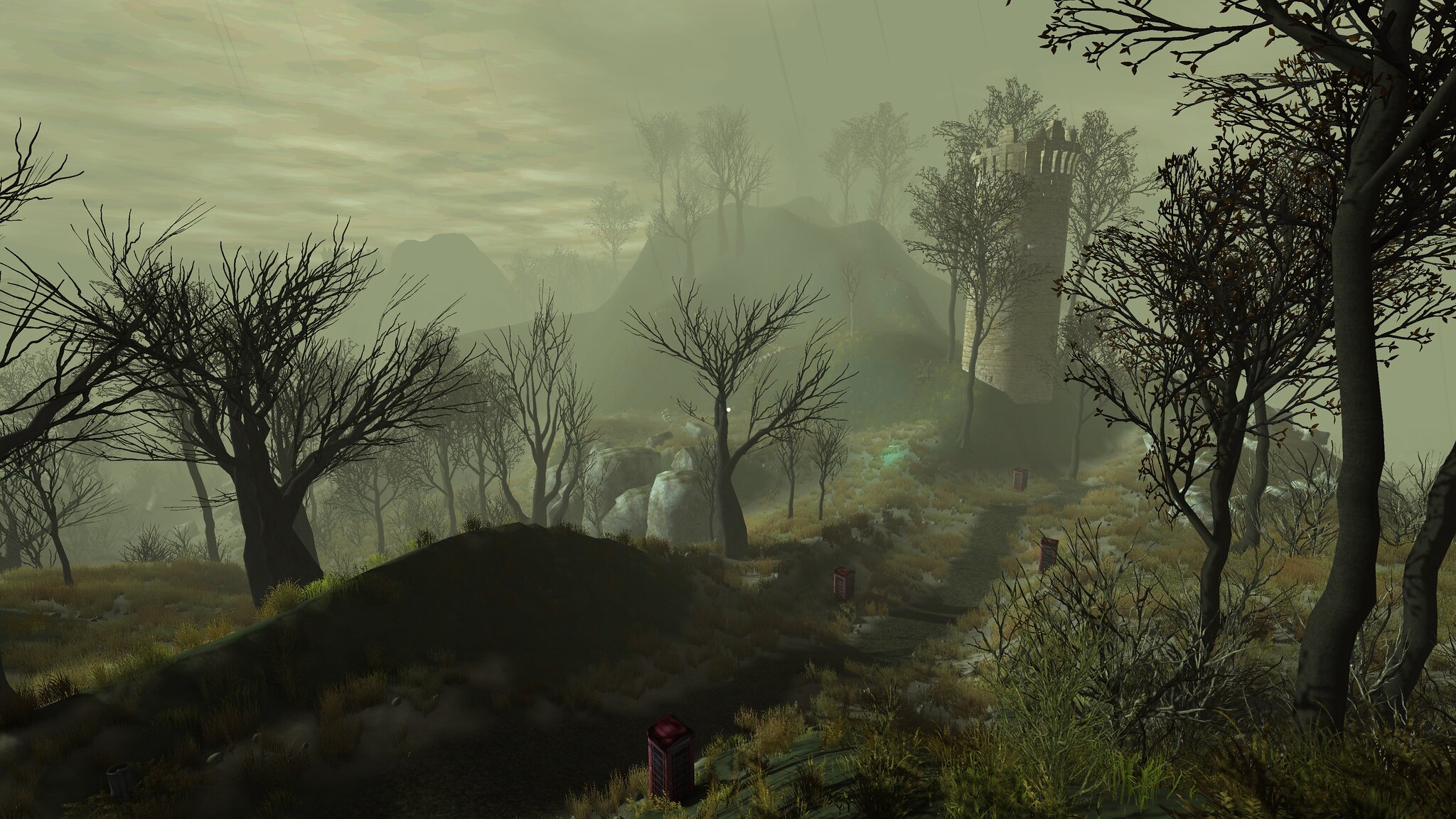
Betts, Tom. British Countryside Generator. 2014. Procedural world engine. https://flic.kr/s/aHsjXVXBAE.
Field.io. Interim Camp. 2009. Generative software and film. http://www.field.io/project/interim-camp.
Geilfus, Simon. Muon glNext. 2014. Landscape generation software. https://vimeo.com/108393262.
Opara, Anastasia. Procedural Lake Village. 2017. Fully procedural 3D landscape. https://www.anastasiaopara.com/lakevillage.
Cheng, Ian. Emissaries. 2015–2017. Trilogy of evolving animated worlds. The Museum of Modern Art, New York. https://www.moma.org/calendar/exhibitions/3656.
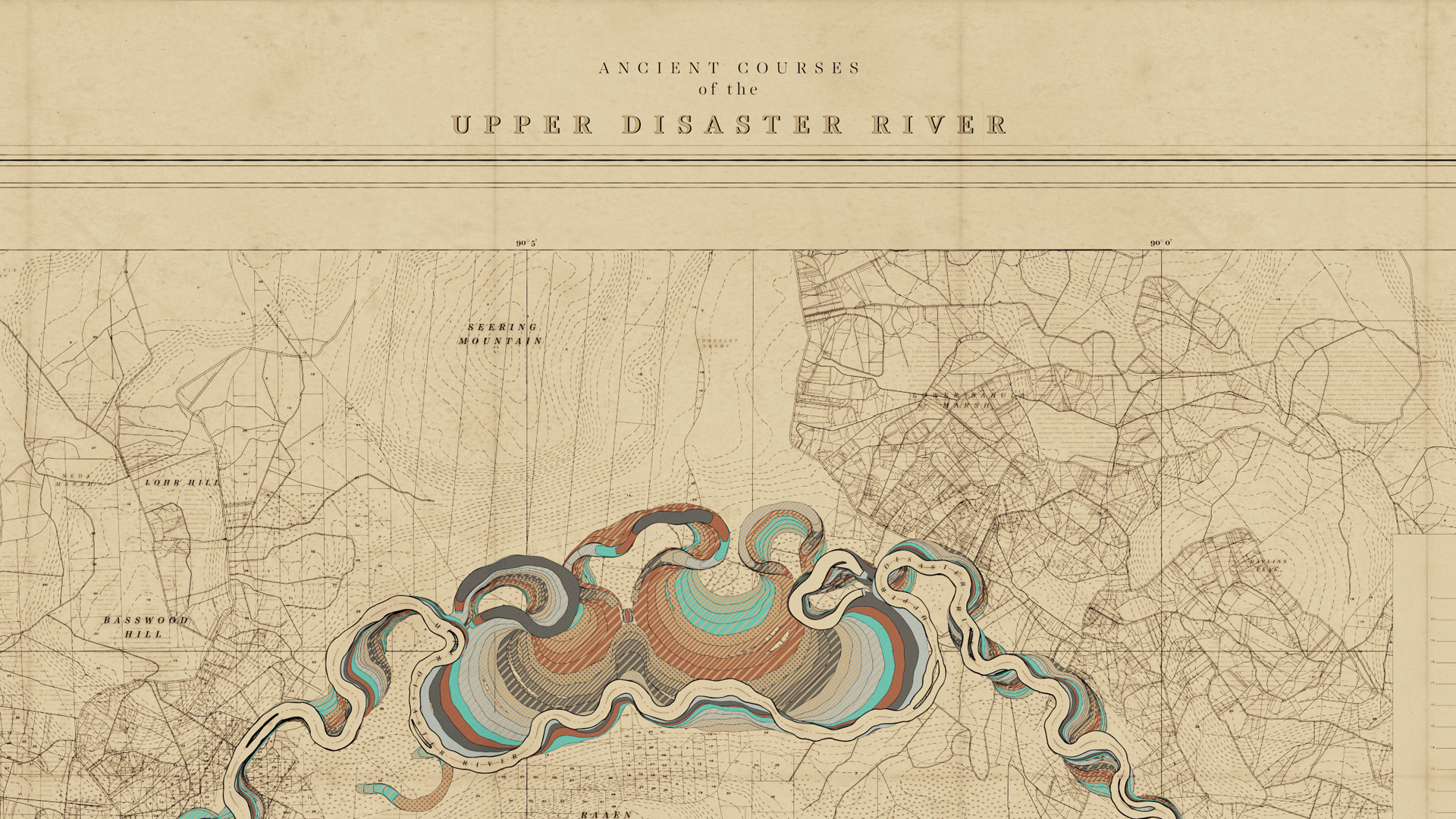
Hodgin, Robert. Meander. 2020. Procedural map generator. http://roberthodgin.com/project/meander.
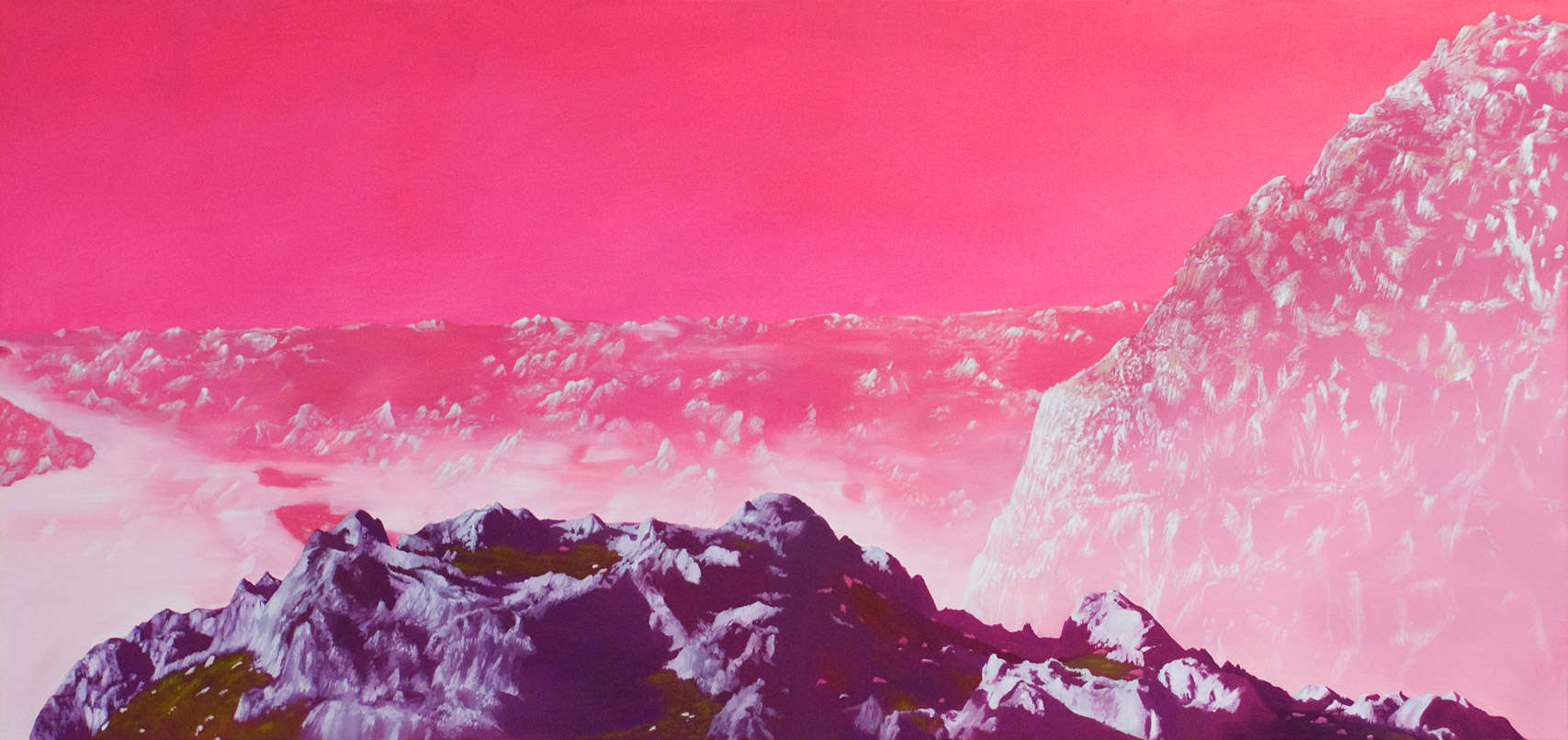

Zawada, Jonathan. Over Time. 2011. 3D models and oil on canvas. http://www.zawada.com.au/2013/01/02/over-time.
Gingold, Chaim. Earth: A Primer. 2015. Interactive book app. http://www.earthprimer.com.
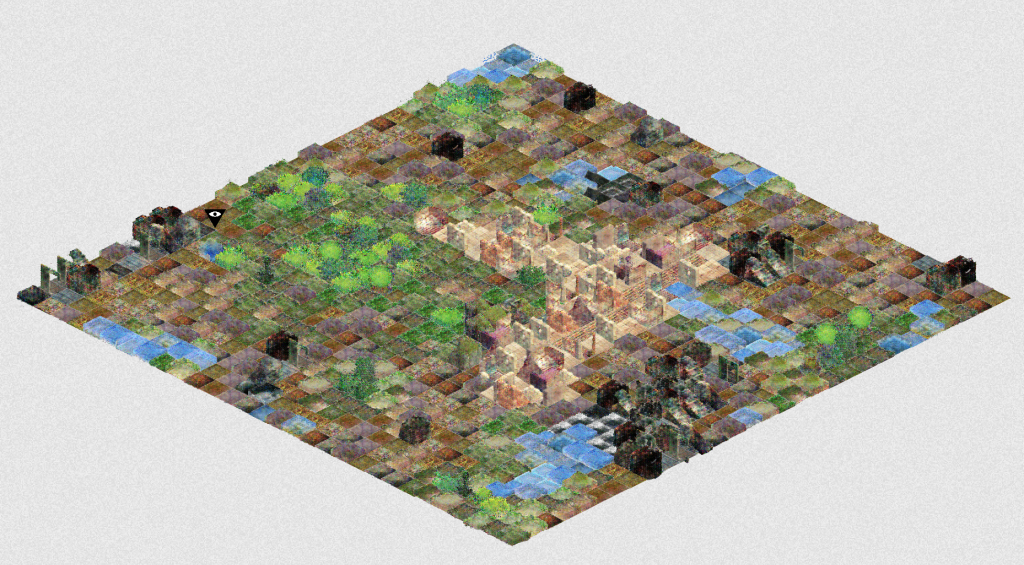
Pedercini, Paolo, and Everest Pipkin. Lichenia. 2019. City building game. https://molleindustria.org/lichenia.
Oskar Stalberg, Townscaper (2020). https://oskarstalberg.com/Townscaper/
A Relationship to Real Place
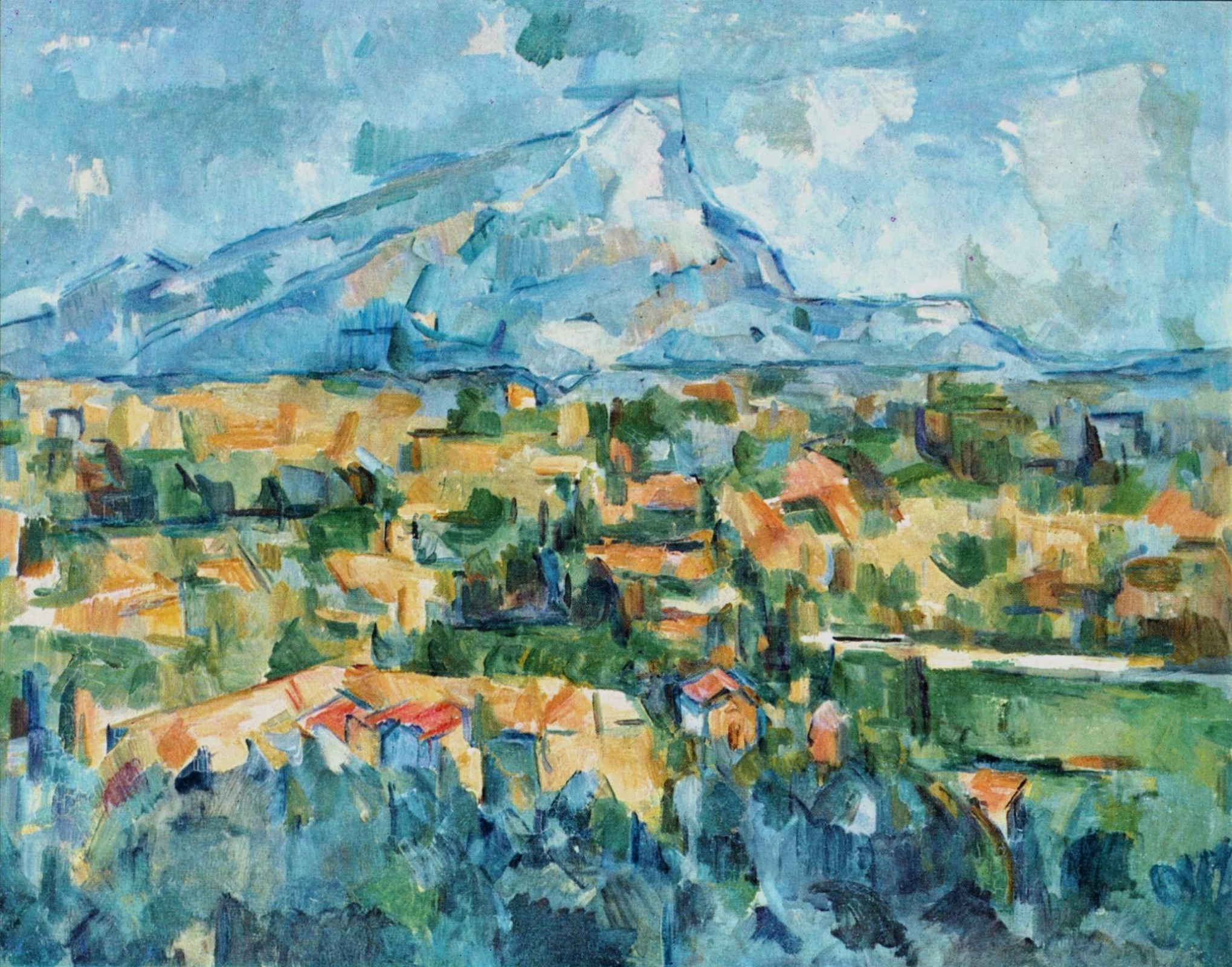
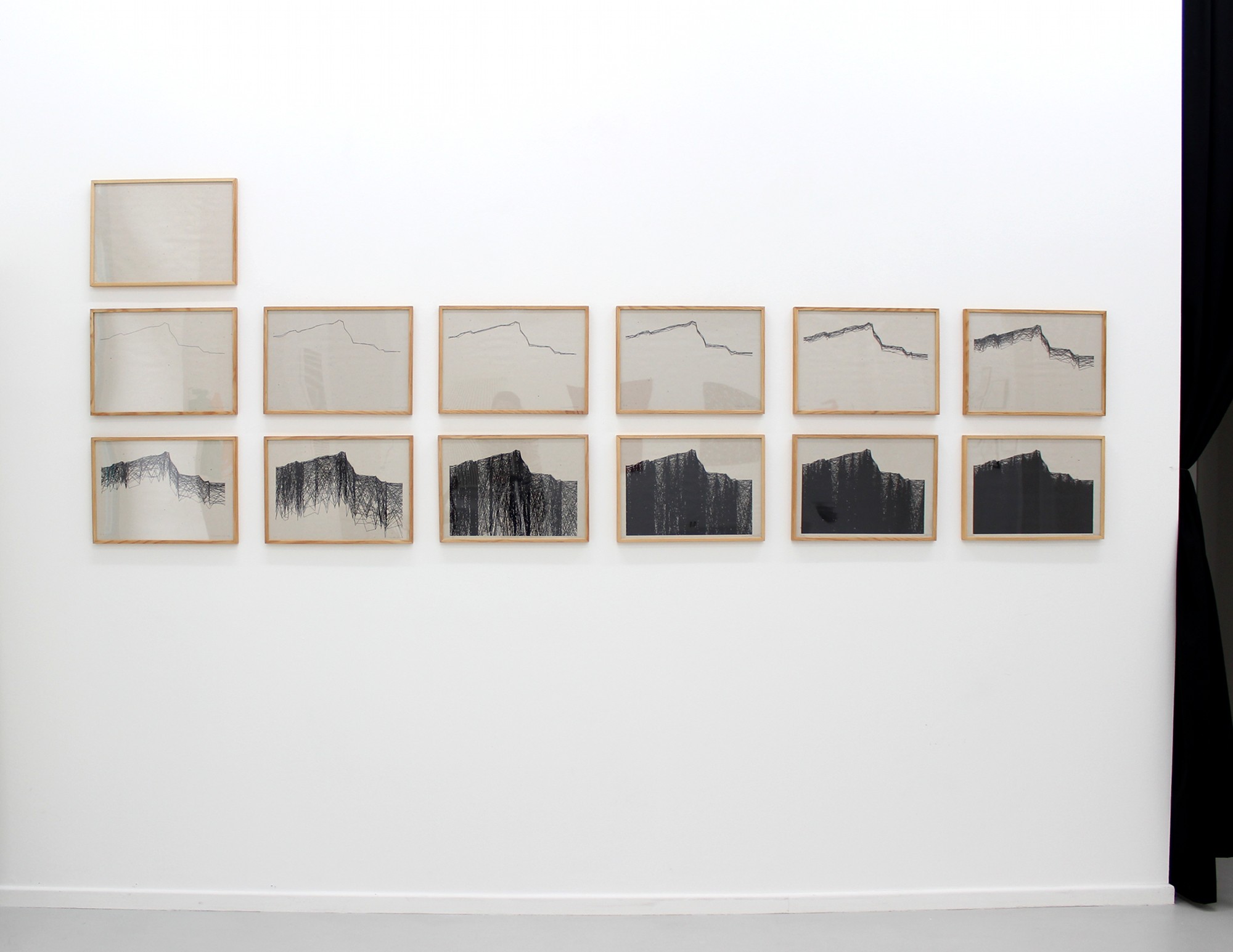
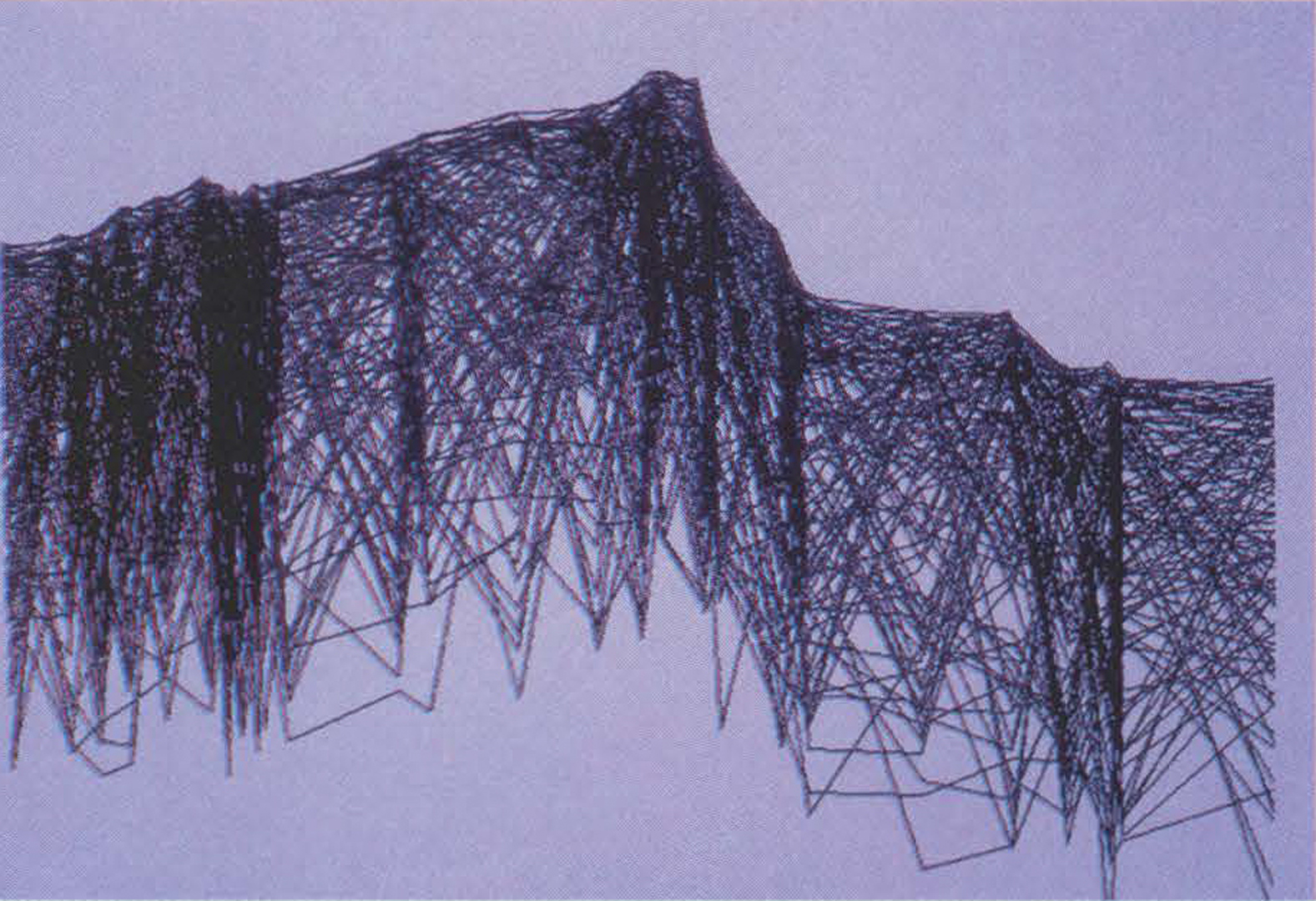
Molnár, Vera. Variations St. Victoire. 1989–1996. Computational silkscreen prints. http://veramolnar.com.

Lemercier, Joanie. La Montagne. 2016-2018. Digital print on paper and projection. https://joanielemercier.com/lamontagne/. Workflow: https://twitter.com/JoanieLemercier/status/1391443586206535682.
Glow, Beatrice. Mannahatta VR: Envisioning Lenapeway. 2016. Immersive visualization. https://beatriceglow.org/mannahatta.
Quayola, Davide. Jardins d’Ete. 2015. Digital paintings. https://quayola.com/work/series/landscape-paintings.php

McKay, Joe. Sunset Solitaire. 2007. Software, projection and performance. http://www.joemckaystudio.com/sunset.php.
Some more generative landscapes by students
The last time I gave something like this assignment was at CMU in 2005. At the time, I happened to record GIFs of the generative landscapes produced by three of students. All three students used Perlin noise to generate their landscapes. One student created a navigable generative maze:

Another created this atmospheric train ride:

A third, who was new to programming and short on time, created this litter box:
